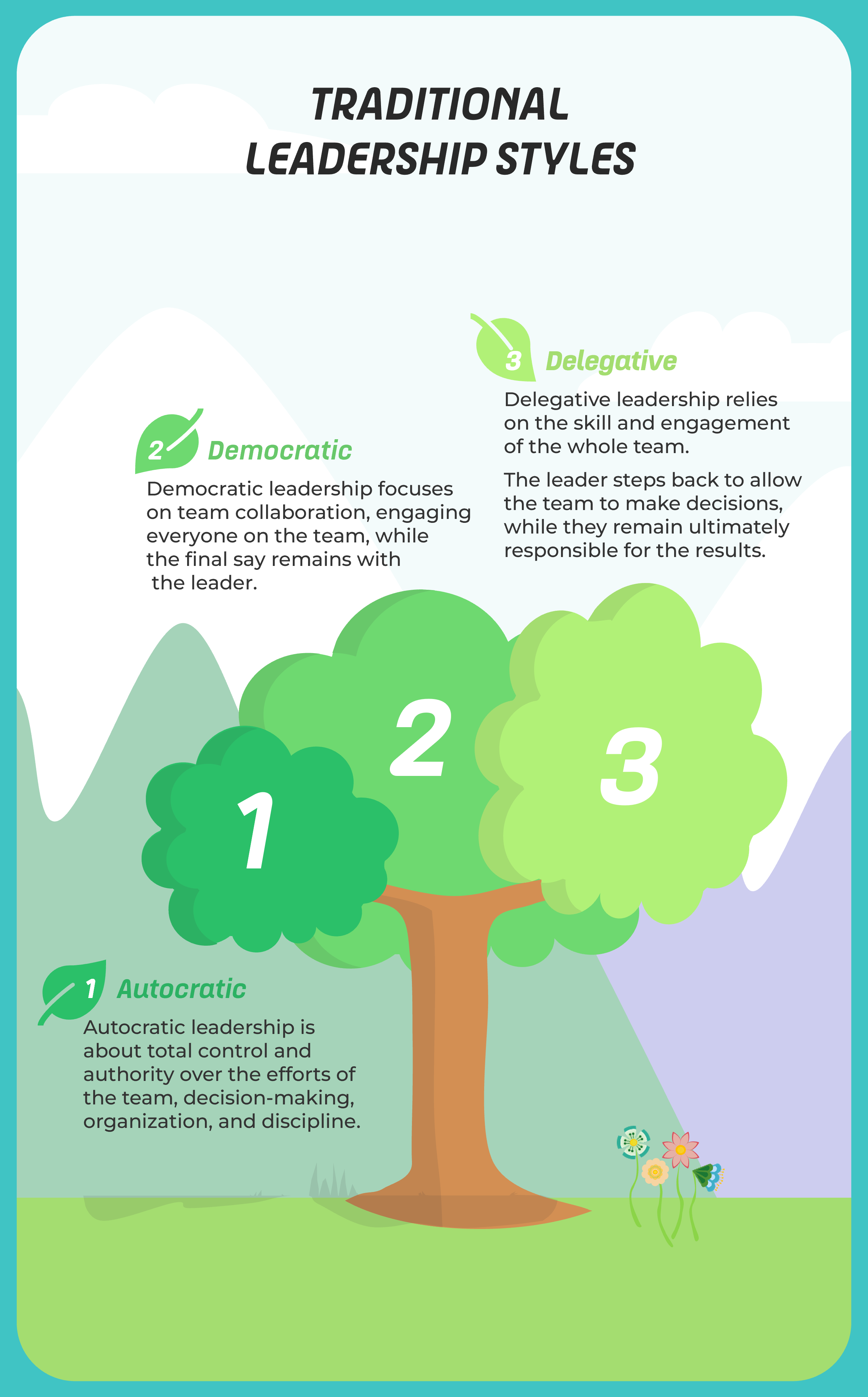When was the last time you climbed a tree?
Bonus points if your answer is more recent than somewhere in the dim mists of childhood!
Did you, or DO you have a favourite tree to climb?
What’s so great about it?
I’ve always loved climbing trees, even though a cousin (accidentally) knocked me out of his favourite tree when I was three.
I have a mean wee scowl scar on my eyebrow to prove it.
The way I like to tell the story, I was THIS close to losing an eye.
Oooof, my cousin got in SO MUCH TROUBLE! In his defence, he was a super-agile, mad-enthusiastic, tree-climbing four-year-old at the time.
Oooof, my cousin got in SO MUCH TROUBLE! In his defence, he was a super-agile, mad-enthusiastic, tree-climbing four-year-old at the time.
What makes a good climbing tree?
I share these experiences often when presenting leadership styles: the traditional autocratic, democratic and delegative.
The key insight presented has always been that to be an effective leader we need to be able to be flexible; to provide support depending on what people and circumstances need.
To recognise that people need broad support when starting out and to be trusted to stretch themselves as their experience and confidence grows.
To recognise that people need broad support when starting out and to be trusted to stretch themselves as their experience and confidence grows.

Have you encountered the traditional definitions of different leadership styles?
How do they resonate in today’s work landscape?
While the need for flexibility is more relevant than ever, when I look back at how these have been presented in the past, they feel a bit trite and dated. For people carving out business pathways with passion and compassion, these definitions lack nuance and depth.
Whether you’re building your own adventure, investing your energy into a start-up or leading an established team, our collective awareness is growing that this is a new era: one that requires us to acknowledge and address necessary systemic changes, or set them up better from the start(-up).
Recent LinkedIn posts and talks have clarified what felt off to me about these old-school definitions. So, particular thanks to Alicia McKay and Melissa Wragge for inspiring me to revisit, redefine and expand the definitions used in our materials.
Our context has changed, human intelligence is evolving, and how we develop our abilities to connect, lead and tackle the problems facing us needs to as well.
There’s a better experience that we all have the power to create.
I’m working on our updated take on leadership styles. As I do, I’d love to hear about your experiences – with tree climbing and leadership styles 🐱🏍
Which style do you prefer your leaders to use?
Which style do you prefer to use yourself?

